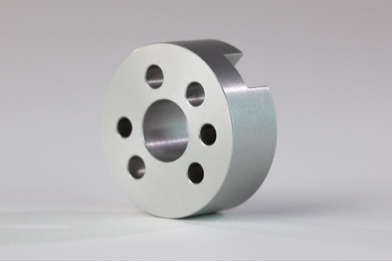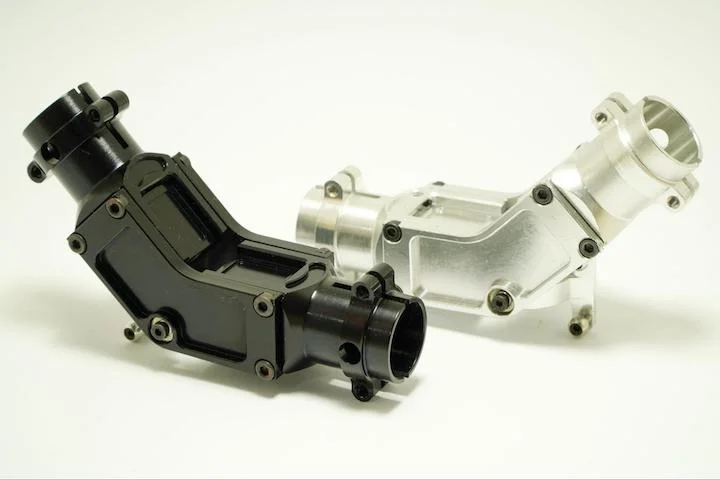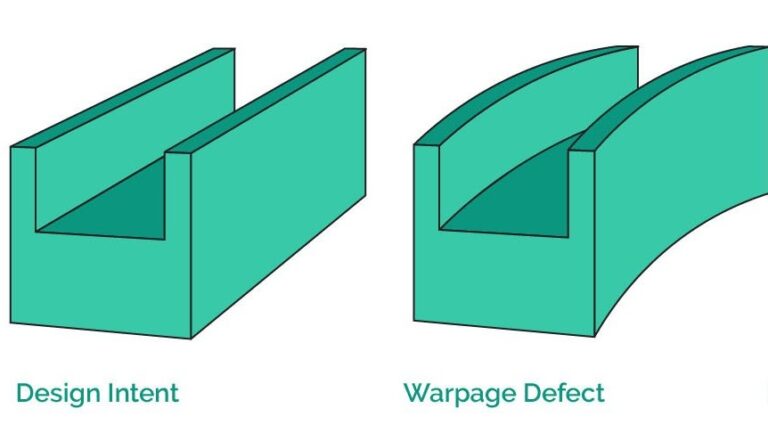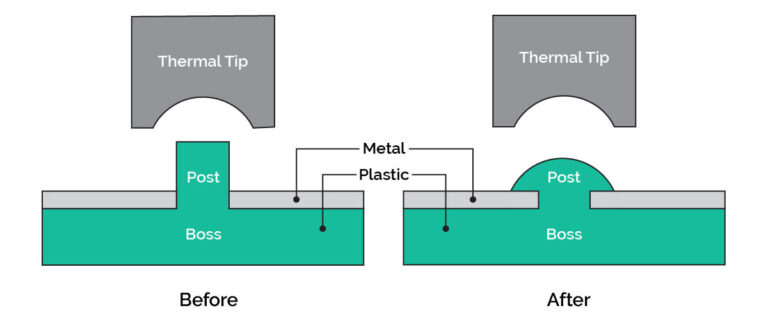Time to read: 3 min
Hard coat anodizing is a surface treatment process used to upgrade the solidness, erosion obstruction, and wear opposition of metal parts. Hard anodizing is an electrochemical cycle that makes a thick oxide layer on the outer layer of metals, giving various advantages across different enterprises. This article will dig into the subtleties of hard coat anodizing, including its cycle, applications, benefits, and considerations.

What is Hard Coat Anodizing?
Process Outline
Hard coat anodizing or Type III anodizing, is an electrochemical cycle that includes submerging a metal part (normally aluminum) in an electrolytic bath and applying an electrical current to the bath and part (similar to an electroplating setup). The anodizing process actually involves cleaning the parts, removal of the naturally occurring oxide layer, and electrochemical deposition of a new and more uniform oxide layer.
This more uniform and stronger oxide layer is made of aluminum oxide. A hard anodized depository is also much harder and more wear-resistant than the naturally occurring aluminum oxide layer.
Pro-Tip: To learn more about aluminum’s naturally occurring oxide layer, check out this article: Corrosion vs Oxidation vs Rust.
Key Qualities of Hard Coat Anodizing:
Here are the key properties of a hard coat anodized coating:
- Thickness of Covering: Hard coat anodizing normally delivers oxide layers with a thickness of 0.0005”, with coatings up to 0.004”. The hard coat anodize thickness is much greater than naturally occurring anodizing processes (0.00000018”).
- Surface Hardness: The subsequent oxide layer can have a hardness of up to 60-70 Rockwell C scale, giving phenomenal wear obstruction.
- Consumption Obstruction: It significantly works on a part’s protection from erosion, making it reasonable for brutal conditions.
- Electrical Properties: Hard anodized surfaces are not good conductors of electricity, making them valuable in applications requiring electrical insulation.

Applications of Hard Coat Anodizing
- Aerospace
Hard coat anodizing is widely utilized in aviation applications because of its capacity to upgrade the solidness and erosion obstruction of basic parts like landing gear, water-driven frameworks, and airplane primary parts.
- Automotive
Hard coat anodizing is utilized in the automotive industry to improve the wear resistance and resist material degradation of cylinders, chamber liners, and motor parts.
- Medical Instrumentation
Clinical instruments are often hard coat anodized to guarantee their life span, consumption obstruction, and biocompatibility.
- Consumer Parts and Hardware
Parts exposed to weighty wear and repeated contact, for example, pressure-driven chambers and pinion wheels, benefit from hard coat anodizing.

Benefits of Hard Coat Anodizing
- Further developed Wear Obstruction
Hard coat anodizing improves a part’s protection from wear, making it reasonable for applications with elevated degrees of grating and repeated contact.
- Improved Consumption Obstruction
The anodic oxide layer gives a defensive obstruction against consumption, expanding the life expectancy of treated parts, particularly in forceful conditions. In this case, consumption means degradation or surface erosion.
- Electrical Protection
Hard coat anodizing gives electrical protection, making it especially useful in electronic and electrical applications.
- Layered Soundness
The interaction doesn’t fundamentally modify the elements of the treated part. It can be applied with little impact to maintaining tight tolerances, especially for complex assemblies.
Considerations for Hard Coat Anodizing
While hard coat anodizing offers various benefits, there are a few things to consider before specifying hard coat anodizing for your next project.
- Material Choice: Hard coat anodizing is primarily utilized on aluminum substrates, as they give the best outcomes.
- What metals can be hard coat anodized? Aluminum, magnesium, titanium, and stainless steel can all be technically hard coat anodized. All these metals possess a naturally occurring oxide layer, and all have a strong affinity for oxygen.
- Surface Completion: The nature of the underlying surface completion can influence the eventual outcome. A smooth surface will yield a more uniform covering.
- Cost and Time: Hard coat anodizing can be costlier and more time-consuming than other surface modifications. In any case, the advantages frequently offset the expenses, particularly in requesting applications.
Conclusion
Hard coat anodizing is a profoundly viable surface treatment process that fundamentally works on the toughness, wear obstruction, and degradation resistance of metal parts. Its applications are boundless, from aviation to medical instrumentation, and it plays a vital part in improving the wear resistance and life span of basic parts in different industries. While considering surface modifications for parts in harsh conditions, hard coat anodizing is a demonstrated and dependable decision.
Ficitv is here to help with all your hard coat anodizing needs. We offer clear or black type 3 hard coat anodizing for any project. Contact us or get a free, instant quote today. At Fictiv, we offer complex parts at ridiculous speeds!










